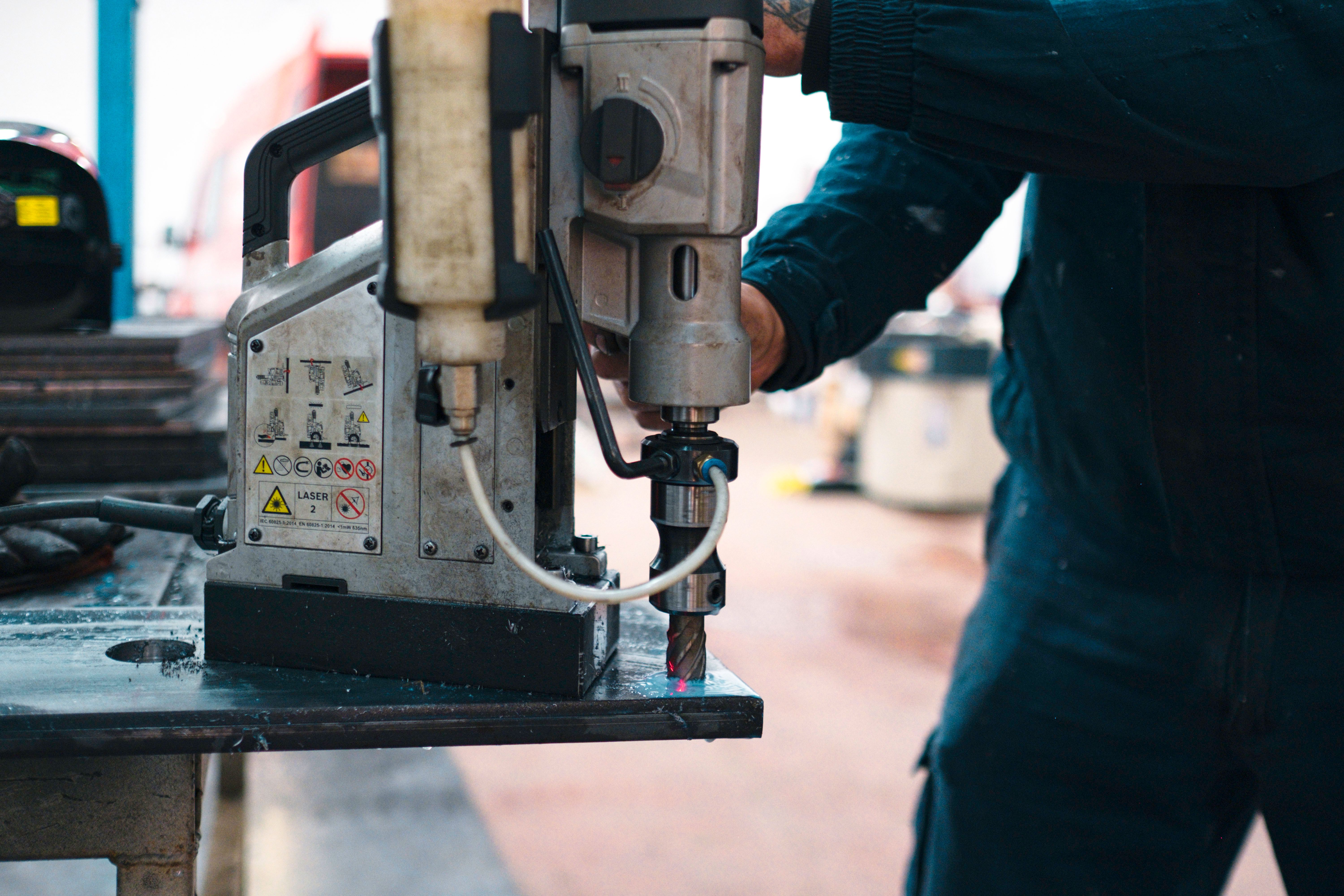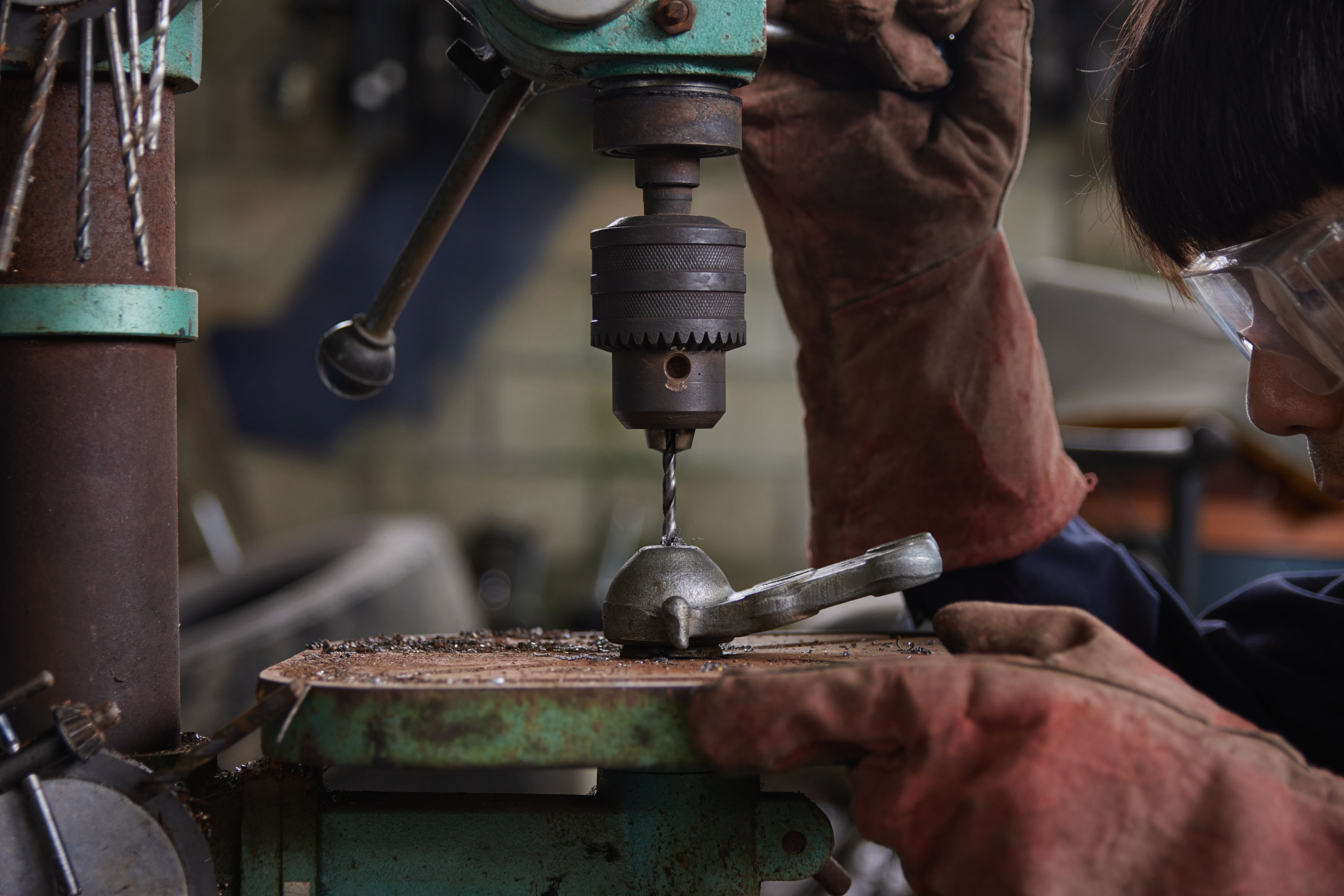Mastering Magnet Drills: Expert Tips and Techniques
Understanding the Basics of Magnet Drills
Magnet drills, also known as magnetic drill presses, are powerful tools used to drill precise holes in metal surfaces. They are highly valued in industries like construction, engineering, and metalworking due to their ability to deliver accuracy and efficiency. With a strong magnetic base, these drills can be securely attached to a metal surface, providing stability during operation.
When choosing the right magnet drill, consider factors such as the material you’ll be working on, the drill’s power capacity, and its portability. A good understanding of these basics will help you select a tool that best fits your needs and enhances your work quality.

Setting Up Your Magnet Drill
Proper setup is crucial for achieving optimal performance with your magnet drill. Begin by ensuring the metal surface is clean and free from debris to allow the magnetic base to adhere securely. Next, position the drill so it aligns perfectly with your intended drilling spot.
After positioning, tighten the safety chain or strap to prevent any accidental movement. Always double-check that the drill bit is sharp and appropriately sized for the hole you intend to create. Regular maintenance of the drill bit will not only prolong its life but also ensure cleaner cuts.
Mastering Drilling Techniques
Effective drilling involves more than just turning on the machine. Start by applying a steady, consistent pressure to avoid overheating the drill bit. It's important to let the drill do most of the work while you guide it smoothly.
For deeper holes, use a peck drilling technique. This involves drilling in short bursts and periodically retracting the bit to clear away chips. This method prevents jamming and reduces heat buildup.

Using Cutting Fluids
Using cutting fluids is essential when working with magnet drills, particularly on tougher metals. These fluids serve multiple purposes: they cool down the drill bit, reduce friction, and help in removing metal shavings.
Select a cutting fluid appropriate for the material you're drilling. Apply it generously to both the bit and the surface before starting your operation. This simple step can significantly improve tool life and hole quality.
Safety Considerations
Safety should always be a priority when using any power tool, including magnet drills. Always wear appropriate protective gear like safety goggles and gloves. Ensure that your workspace is well-lit and free from unnecessary clutter.
Before starting, inspect your equipment for any signs of damage or wear. If you notice any issues, address them immediately to prevent accidents. Familiarize yourself with the emergency stop function of your drill for added safety.

Troubleshooting Common Issues
Even with proper care, you may encounter common issues such as insufficient magnetic adhesion or overheating. If your drill isn't adhering well, check for surface contaminants or consider a more powerful magnet if you're working on a thin or uneven surface.
To prevent overheating, ensure that your cutting speed is appropriate for the material and that cutting fluids are applied correctly. Regularly inspecting and maintaining your equipment will also help mitigate these problems.
Enhancing Your Skills
To truly master magnet drills, continuous practice and learning are essential. Attend workshops or training sessions to stay updated with the latest techniques and advances in technology. Joining online forums or communities can also provide valuable insights from experienced professionals.
Invest time in understanding how different materials react to drilling and adapt your techniques accordingly. With dedication, you’ll improve not only your skills but also the quality of your projects.